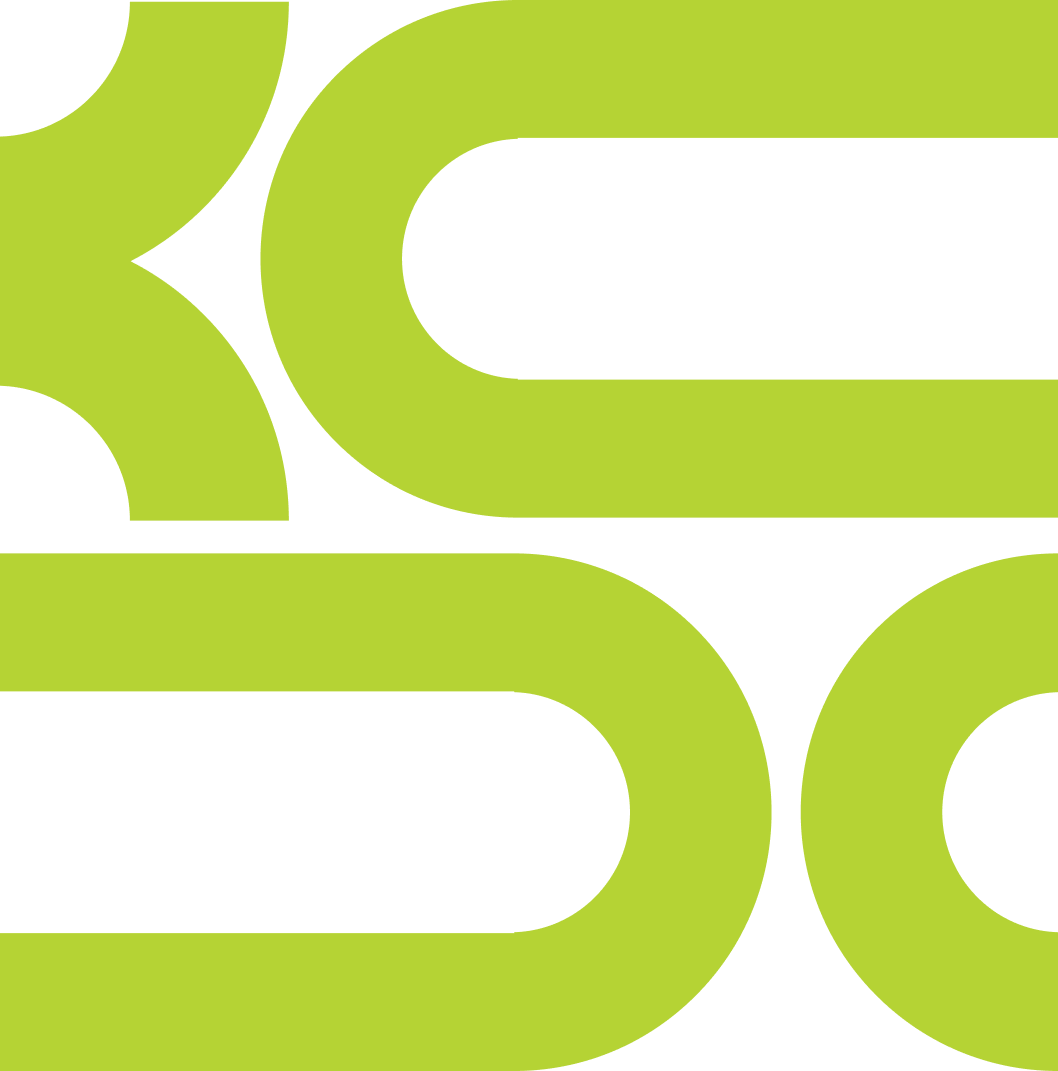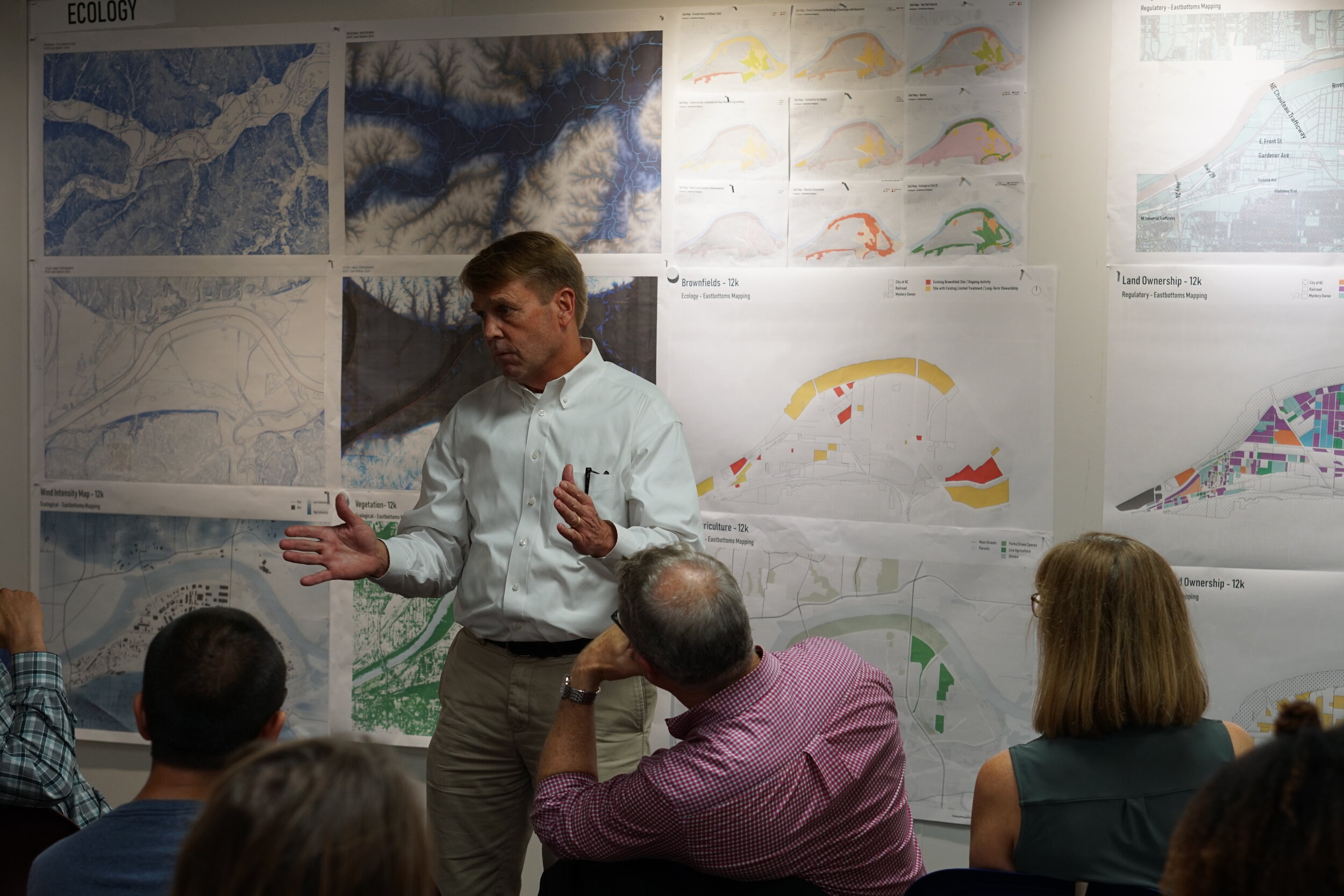Studio Reviews and Revelations
/It’s been a busy two weeks at the KCDC! The studio made great progress on the East Bottoms Study and completed our first studio review. Leading up to the deadline we had three guests visit the studio to provide insight on sustainability and water/flood management in the East Bottoms.
For our second pin-up of the year, we had the privilege to discuss our project with Lead Planner Bo Williams and Sustainability Coordinator Gerald Shechter with the City of KCMO and Green Infrastructure and Stormwater Specialist Andy Sauer from Burns & McDonnell. They provided intel on the growing use of wind power in western Kansas, the emergence of electric charging stations provided by KCP&L, and the importance of re-claiming surface parking. We also learned about the East Bottoms history as a flood zone. Due to its proximity to the river, the soil is primarily sandy and acts like a sponge. This presents some challenges for the visioning of the East Bottoms while encouraging the use of innovative green infrastructure solutions.
We had our first studio review last week and hosted Alyssa Parsons and Aaron Ross from BNIM, Tim Duggan from Phronesis, Lauren Cano from Vireo, and Regan Tokos from My Sidewalk. The studio introduced the project and discussed Urban Fabric, Connectivity, and Restoration & Protection. Each category was presented with a series of analytical diagrams developed from our inventory of diagrams created in phase 1 of the project. Urban Fabric focused on the identity of our site; responding to morphology, programming, site boundaries, and relationships to industrial businesses. Connectivity studied transportation volume and connectivity to natural amenities such as freight, trails, and the accessibility of city parks to the East Bottoms. Lastly, the restoration and protection category focused on ecological diagrams mostly consisting of air pollution and soil quality, river flow and sewage systems, and the regional watershed.
Following the review, the studio discussed the direction of the project and re-established its goals based on the feedback received during the review. We noted that the key challenges are the lack of coexistence for pedestrians and cyclists on roadways; limited or inconsistent way-finding; presence of gateways and railway barriers; and flooding/standing water on the site. As a result, our studio goal is to create a sustainable living system in the East Bottoms that encompasses a work, play, and living space while also embracing the existing characteristics of the area.
Lastly, on the coldest day of the week, part of the studio visited the site to gather more images of the public right of way and gateways in and out of the East Bottoms. With this information, we will be able to develop a better understanding of our site as we prepare for next Monday’s second project advisory group meeting!






















